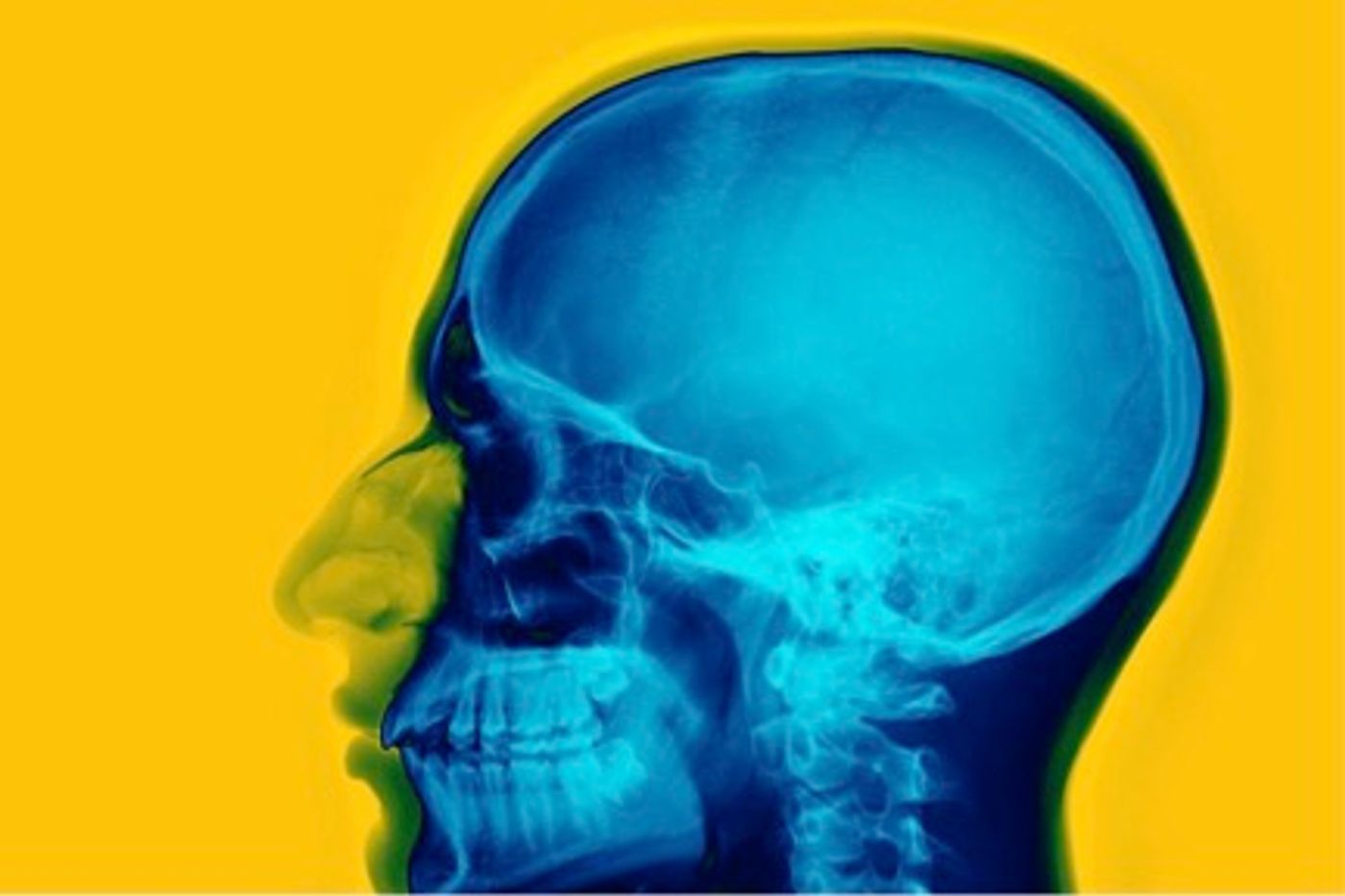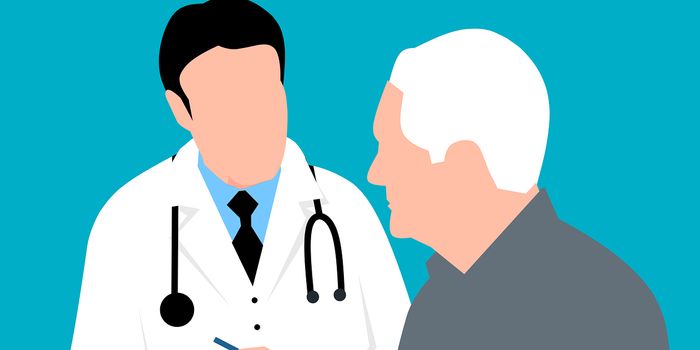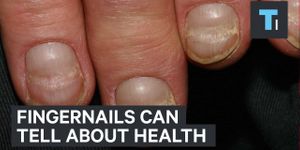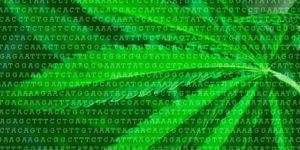Stem cells play one of the most important roles in regenerative biology and medicine. Researchers from the University of Rochester Medical Center
announced a new stem cell population in the skull that are responsible for the formation of the skull and craniofacial bones. The discovery could lead to new regenerative treatments for the repair of skull or facial bone deformities.
Stem cells are undifferentiated progenitor cells that have the capacity to develop into many different types of tissues. These properties make them extremely valuable to research and medicine, particularly for craniofacial deformities where reconstruction of bone defects remain highly challenging.
Led by Takamitsu Maruyama, the research team focused on finding cells responsible for stitching together the bones that make up the skull. Based on previous studies, they had a hunch that skeletal stem cells exist to fulfill this role. Other clues came from the team’s years of studying the
Axin2 gene and the mutations that cause craniosynostosis in mice. Craniosynostosis is a skull deformity resulting from skull bones fusing together too early, which lead to severe developmental delays and other life-threatening conditions.
In mice with craniosynostosis, the researchers noticed a unique pattern of movement for
Axin2-expressing cells. Specifically, these cells moved to the midline of the skull and fused together the bones in that location. The cells could also repair skull damage, as they moved to fill in small trauma holes in the developing skull of some mice embryos. The team called these cells suture stem cells, as they live exclusively in the suture midline of the skull.
The researchers identified these cells as bona fide stem cells through rigorous tests, showing that the cells are capable of self-renewal, clonal expansion, and differentiation.
The authors write that, “Our findings demonstrate their true identity as skeletal stem cells with innate capacities to replace the damaged skeleton in cell-based therapy, and permit further elucidation of the stem cell-mediated craniofacial skeletogenesis, leading to revealing the complex nature of congenital disease and regenerative medicine.”
The discovery is a landmark first step in bringing doctors one step closer to stem cell therapy for the treatment and repair of damaged skull and facial bones. In addition to congenital malformations like craniosynostosis, the stem cell therapy could also be used to treat skull deformities caused by trauma or cancer-related treatments.
Additional source:
Medline Plus









